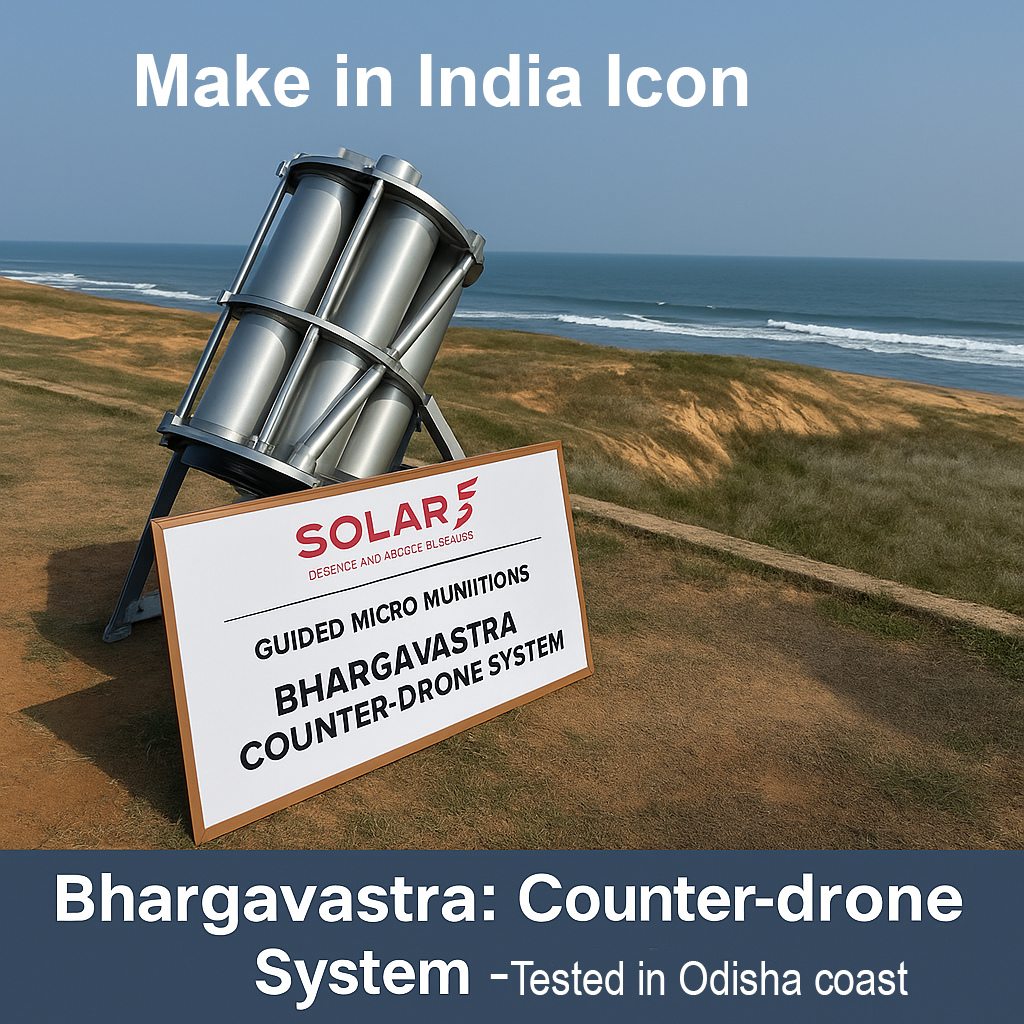
📅 May 6, 2025, Post 7: Santhara: A Sacred Vow or a Legal Dilemma? | Target IAS-26 MCQs Attached: A complete Package, Dear Aspirants!
Santhara: A Sacred Vow or a Legal Dilemma?

🔹 NEWS DROP — PETAL 007
📅 May 6, 2025
🎯 GS Paper 1 | Indian Culture – Religion, Ethics & Law
🌀 Intro Whisper
When devotion walks the final mile, does law have the right to interrupt the silence?
🔍 Key Highlights
- Santhara (or Sallekhana): A Jain vow of voluntary peaceful death through fasting, practiced by spiritually mature individuals nearing life’s end.
- Seen as a path to purification from karma and non-violence (ahimsa) when life becomes an obstacle to spiritual discipline.
- Recent Case: A 3-year-old child with a brain tumor was reportedly initiated into Santhara, sparking national outrage.
- Critics argue that children cannot offer informed spiritual consent, especially for irreversible religious rituals.
- Legal History: Rajasthan HC declared Santhara illegal (2015) → SC stayed the ruling, citing Article 25: Right to Religious Freedom.
🧭 GS Paper Mapping
GS4: Ethics – Consent, Duty to Protect, Dignity in Death
GS1: Indian Culture – Jainism, Ethical Practices, Religious Traditions
GS2: Fundamental Rights – Right to Life vs Right to Religion
Target IAS-26: Daily MCQs :
📌 Prelims Practice MCQs
Topic:
🧠 Prelims MCQ (Type 2 – Two Statements)
Q1. Consider the following statements regarding the Jain ritual of Santhara:
Santhara is recognized as a constitutional right under Article 26 of the Indian Constitution.
It involves voluntary fasting unto death as a path to moksha in Jain philosophy.
Which of the above statements is/are correct?
A) Only 1 is correct
B) Only 2 is correct
C) Both are correct
D) Neither is correct
🌀 Didn’t get it? Click here (▸) for the Correct Answer & Explanation
✅ Correct Answer: B) Only 2 is correct
🧠 Explanation:
•1) Incorrect – Santhara is linked to Article 25 (freedom of religion), not Article 26.
•2) Correct – It is a traditional Jain spiritual vow for achieving moksha (liberation) by detaching from bodily desires, including food and water.
🧠 Prelims MCQ (Type 4 – Direct Factual Question)
Q2. The practice of “Santhara” in Jainism is most accurately described as:
A) A festival celebrating the first teachings of Mahavira
B) A ritual of penance involving fire offerings
C) A vow of voluntary fasting unto death
D) A ceremonial bath performed at pilgrimage sites
🌀 Didn’t get it? Click here (▸) for the Correct Answer & Explanation
✅ Correct Answer: C) A vow of voluntary fasting unto death
🧠 Explanation:
• Santhara, also known as Sallekhana, is a Jain vow of spiritual renunciation and voluntary fasting unto death, undertaken by spiritually aware individuals during incurable illness, old age, or impending death.
MCQ 3 – Type 3: Which of the statements is/are correct?
Q. Which of the following statements is/are correct about the policy and scaling needs of Agriphotovoltaics (APVs) in India?
• 1) India currently has a dedicated nationwide agrivoltaics policy.
• 2) PM-KUSUM scheme can be expanded to include APV models.
• 3) Smallholder farmers can benefit from financial incentives and credit guarantees for APV adoption.
• 4) Technical training and capacity-building programs are essential for APV expansion.
Options:
A) 2, 3, and 4 only
B) 1 and 2 only
C) All four
D) 1 and 3 only
🌀 Didn’t get it? Click here (▸) for the Correct Answer & Explanation
✅ Correct Answer: A) 2, 3, and 4 only
🧠 Explanation:
• 1) ❌ Incorrect – India currently lacks a designated agrivoltaics policy.
MCQ 4 – Type 4: Direct Fact
Q. Who first proposed the concept of Agriphotovoltaics (APVs)?
A) Sunder Lal Bahuguna and Vandana Shiva
B) Adolf Goetzberger and Armin Zastrow
C) Verghese Kurien and M.S. Swaminathan
D) Elon Musk and Andrew Blakers
🌀 Didn’t get it? Click here (▸) for the Correct Answer & Explanation.
✅ Correct Answer: B) Adolf Goetzberger and Armin Zastrow
🧠 Explanation:
• • The idea of agrivoltaics was first proposed in 1981 by German scientists Adolf Goetzberger and Armin Zastrow.


















